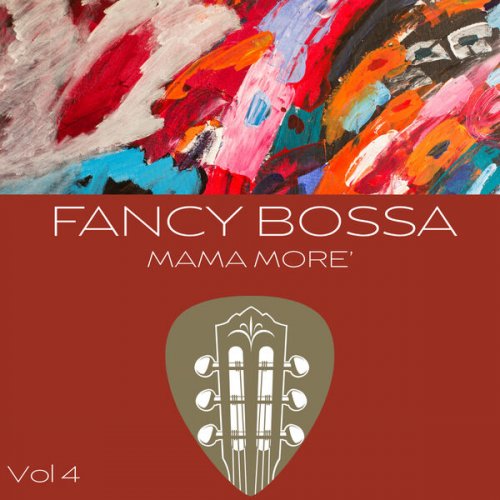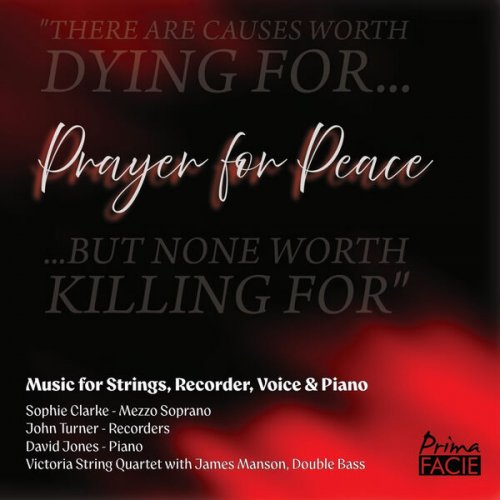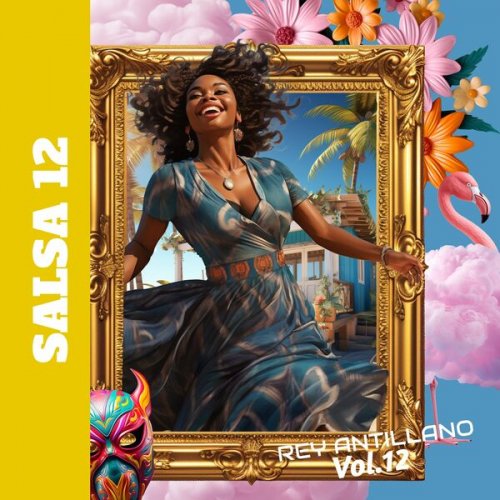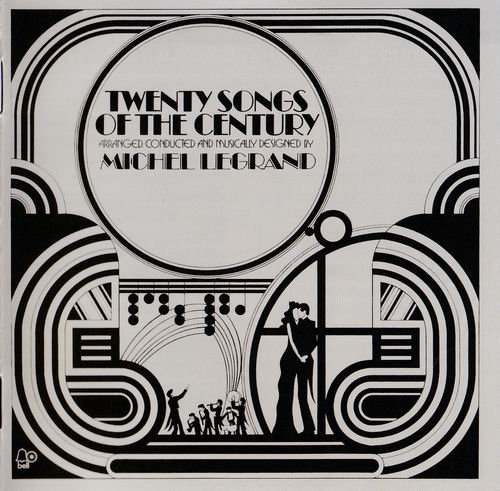Ensemble Allegria - Volt22 (2015)
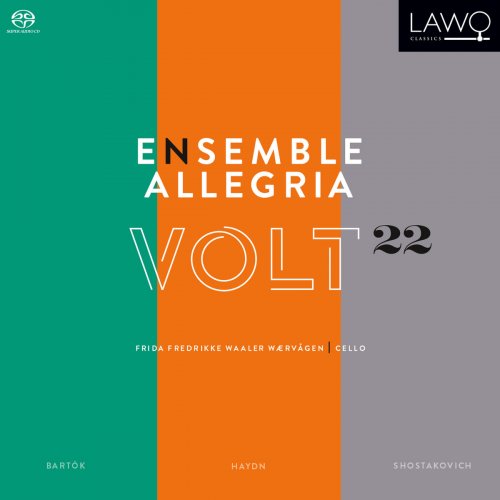
Artist: Ensemble Allegria
Title: Volt22
Year Of Release: 2015
Label: Lawo Classics
Genre: Classical
Quality: FLAC (tracks+booklet)
Total Time: 71:10 min
Total Size: 264 MB
WebSite: Album Preview
Tracklist:Title: Volt22
Year Of Release: 2015
Label: Lawo Classics
Genre: Classical
Quality: FLAC (tracks+booklet)
Total Time: 71:10 min
Total Size: 264 MB
WebSite: Album Preview
01. Divertimento: I. Allegro non troppo
02. Divertimento: II. Molto adagio
03. Divertimento: III. Allegro assai
04. Concerto in C: I. Moderato
05. Concerto in C: II. Adagio
06. Concerto in C: III. Allegro molto
07. Chamber Symphony, Op. 110a: I. Largo
08. Chamber Symphony, Op. 110a: II. Allegro molto
09. Chamber Symphony, Op. 110a: III. Allegretto
10. Chamber Symphony, Op. 110a: IV. Largo
11. Chamber Symphony, Op. 110a: V. Largo
Franz Joseph Haydn wrote his Cello Concerto in C major for the principal cellist of his orchestra, Joseph Weigl. In fact, he may have been the only cellist in the orchestra of Prince Ezsterházy at that time.
The prince could afford to hire some of the best musicians of the day, and Haydn composed several concertos for his colleagues. Born in 1732, he was around 30 when he wrote this one, while Weigl, at barely 25, would have fit right into Ensemble Allegria. Haydn and Weigl entertained at the Ezsterházys´ palaces in Austrian Eisenstadt and Hungarian Fertöd; this princely family is, by the way, still going strong, and their palaces are well worth a visit. With their grandiose gardens, they form a parallel to the brilliant first and last movements and the dreamy Adagio of the concerto. Both close to today’s Austro-Hungarian border, they are located in an area which for a long time saw different ethnic groups living alongside each other.
Many nationalities lived within the borders of the Habsburg Empire, and in this region German, Hungarian and Croat villages existed (and to a certain degree still do), intermingled with a Jewish population, which enjoyed the protection of the prince. In addition, gypsies inspired native composers with their music. Haydn and Franz Liszt were the most famous among them, with their simple childhood abodes contrasting strongly with the princely palaces. In a way, the exuberant virtuosity of the cello concerto´s Finale is reminiscent of the closing section of a czardas.
The prince could afford to hire some of the best musicians of the day, and Haydn composed several concertos for his colleagues. Born in 1732, he was around 30 when he wrote this one, while Weigl, at barely 25, would have fit right into Ensemble Allegria. Haydn and Weigl entertained at the Ezsterházys´ palaces in Austrian Eisenstadt and Hungarian Fertöd; this princely family is, by the way, still going strong, and their palaces are well worth a visit. With their grandiose gardens, they form a parallel to the brilliant first and last movements and the dreamy Adagio of the concerto. Both close to today’s Austro-Hungarian border, they are located in an area which for a long time saw different ethnic groups living alongside each other.
Many nationalities lived within the borders of the Habsburg Empire, and in this region German, Hungarian and Croat villages existed (and to a certain degree still do), intermingled with a Jewish population, which enjoyed the protection of the prince. In addition, gypsies inspired native composers with their music. Haydn and Franz Liszt were the most famous among them, with their simple childhood abodes contrasting strongly with the princely palaces. In a way, the exuberant virtuosity of the cello concerto´s Finale is reminiscent of the closing section of a czardas.
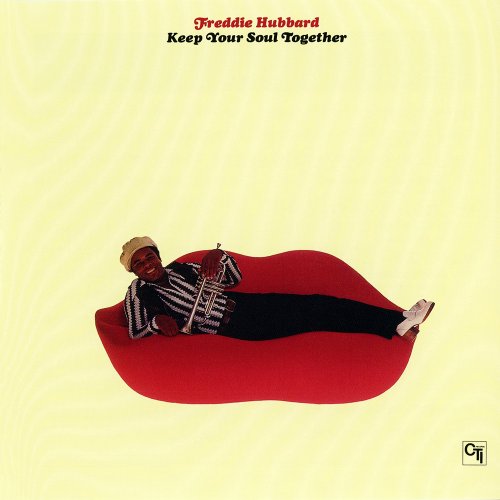
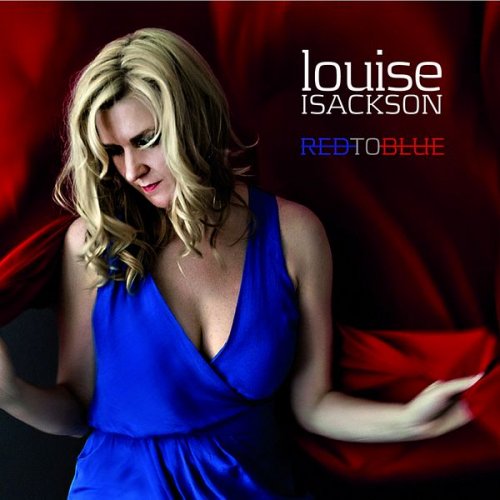
![Tomasz Stanko - Unit (Polish Radio Sessions vol. 2/6) (2025) [Hi-Res] Tomasz Stanko - Unit (Polish Radio Sessions vol. 2/6) (2025) [Hi-Res]](https://www.dibpic.com/uploads/posts/2025-12/1765796826_cover.jpg)
